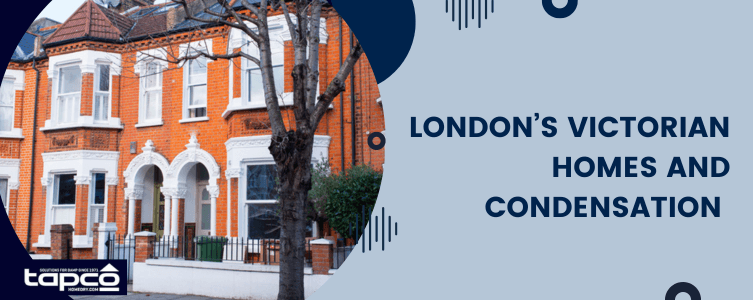
Key Takeaways: Victorian homes have unique construction and ventilation characteristics, so controlling condensation and damp in them requires bespoke solutions.
- Solid wall construction, minimal early damp-proofing and limited ventilation make Victorian homes prone to moisture and cold walls.
- Condensation occurs when moist internal air meets cold surfaces — common in period homes with large masonry areas.
- Other damp issues in older homes include penetrating or rising damp due to failed renders, blocked air-bricks or altered ground levels.
- Treating the symptom only (e.g., painting over mould) without addressing root causes often leads to recurrence.
- Professional diagnosis, breathable materials, good ventilation and correct insulation keep a Victorian home dry and healthy for years to come.
You think you’ve hit the jackpot. A Victorian property in London, chock full of original features and vintage charm. And then autumn comes around and you have to deal with some of the less appealing aspects of living in an older home.
Condensation is a common problem in Victorian homes for many different reasons, but it’s one that can be overcome and addressed with ease once you know exactly what you are dealing with.
In this guide, we’re exploring why Victorian-era properties in London are so commonly hit with condensation problems and what you can do to fight back and save your home.
What causes condensation buildup?
Condensation is caused by excess moisture in the air. This can happen as a result of an underlying damp problem, or it could be linked to how the property is used. For example, a steamy shower or a boiling pot of water will all contribute to moisture in the air. Condensation becomes an issue when it becomes trapped in the home, usually because of poor ventilation.
Moisture from Everyday Living
Showers, cooking and drying clothes indoors all release moisture into the air. Without proper ventilation, this moisture builds up and forms condensation on cool surfaces.
When Old Meets Modern
Traditional Victorian designs relied on airflow. Modern sealing and insulation often trap humidity, turning once-breathable homes into moisture-prone environments.
Why do Victorian homes struggle with condensation?
Victorian homes were actually designed to address condensation and moisture build up quite well. They used things like air bricks and trickle vents to help keep air moving. It’s often attempts to modernise these homes that contribute to a condensation problem. Things like chimneys would also provide good ventilation.
When homeowners purchase Victorian properties now, there is often a rush to seal gaps and close off ventilation in an attempt to make the home airtight to help keep it warmer. In an attempt to put a stop to draughts and breezes, homeowners can often create a new problem: condensation.
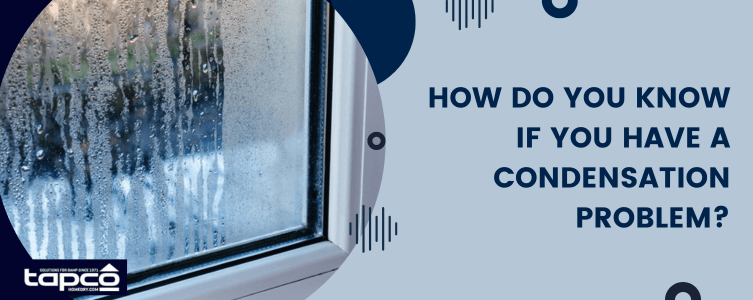
How do you know if you have a condensation problem?
There’s a big difference between a condensation problem and just having a temporary build up of moisture in your home. For example, if your bathroom gets steamy after a shower, this doesn’t necessarily mean you have a condensation problem. But if the bathroom stays damp and humid long after your shower, this could be a sign that moisture is getting trapped in your home.
Common signs of a condensation problem include:
- Moisture build up on your windows, doors and some walls
- Mould and mildew build up on walls, furniture and possessions
- A damp and musty smell throughout your home
- Peeling wallpaper and flaky paintwork
- Higher than expected energy bills
- Difficulty keeping your home warm and comfortable
- Chest infections, breathing problems and skin irritation
If you spot any of these signs in your Victorian property, it’s time to take action. We’re sharing some of our top tips for tackling a condensation problem so you can keep your home warm, dry and comfortable as we head into the colder months.
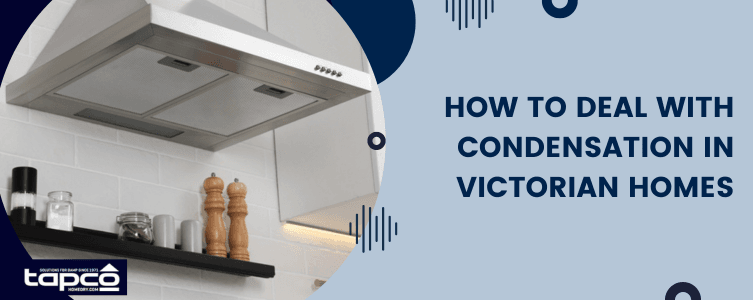
How to deal with condensation in Victorian homes
There is a good chance that your condensation problem is caused by over zealous use of insulation and attempts to block out draughts. Check to see if air bricks have been blocked or if trickle vents have been sealed shut.
You can also add dehumidifier units around your home to help draw moisture out of the air. This will be particularly effective if you are drying clothing indoors, as this can lead to excessive moisture build up.
You should also make sure you ventilate your home throughout the day. You can exhale around 1 pint of water per person while you are sleeping, and this moisture can become trapped in your bedroom if you aren’t opening your bedroom windows when you wake up.
You should also make sure you are using extraction fans in your bathroom and kitchen to help remove extra moisture from your home.
Breathe & Maintain
Ensure your walls and finishes stay breathable and vents are clear so moisture can escape rather than being trapped.
Specialist Survey Matters
For period homes, a specialist damp survey ensures the right treatment — not just a one-size-fits-all fix that may fail over time.
Signs your condensation is linked to a damp problem
If you take these extra steps and this still doesn’t help with your condensation problem, it could be worth exploring whether or not you’re dealing with a damp problem in your home. This could mean that you have rising damp from your foundations, or a hidden leak somewhere in your home.
Speak to a damp specialist to get to the bottom of the issue and help to prevent excess moisture causing any further damage in your property.
Highlights
- Victorian homes with solid walls and older materials
- Condensation = warm moistened air meets cold structure
- Failed render, blocked vents and ground changes cause damp
- Avoid non-breathable paints and finishes
- Ventilation, insulation and diagnosis = effective strategy
- Specialist survey recommended for period homes
FAQs


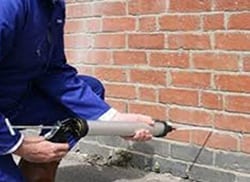 Damp Proofing
Damp Proofing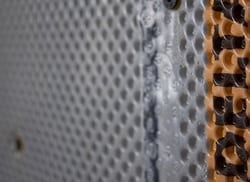 Basement Damp Proofing
Basement Damp Proofing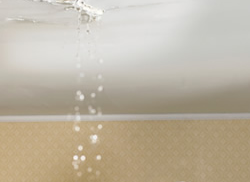 Water Damage
Water Damage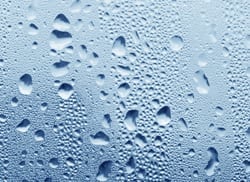 Condensation Control
Condensation Control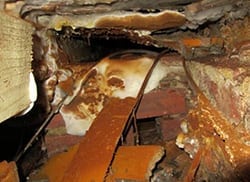 Dry Rot Treatment
Dry Rot Treatment WOODWORM & WET ROT
WOODWORM & WET ROT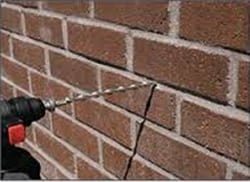 CAVITY Wall Ties
CAVITY Wall Ties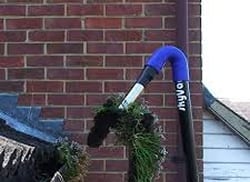 Property Maintenance
Property Maintenance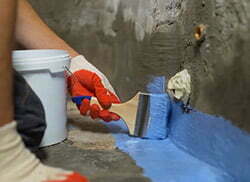 Waterproofing And Tanking
Waterproofing And Tanking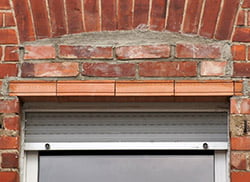 Structural Repairs
Structural Repairs







